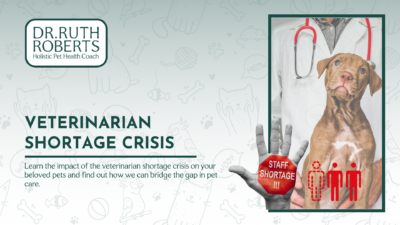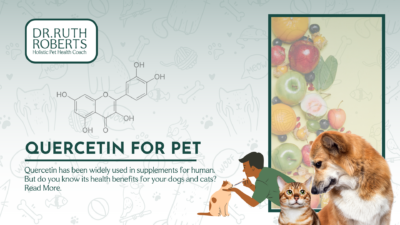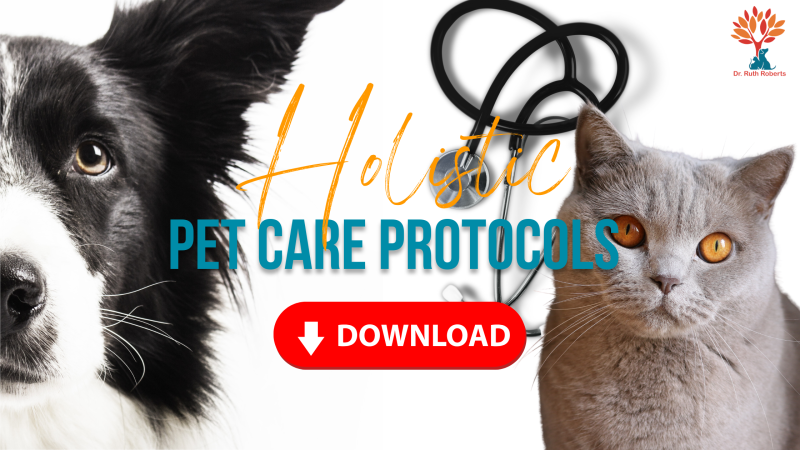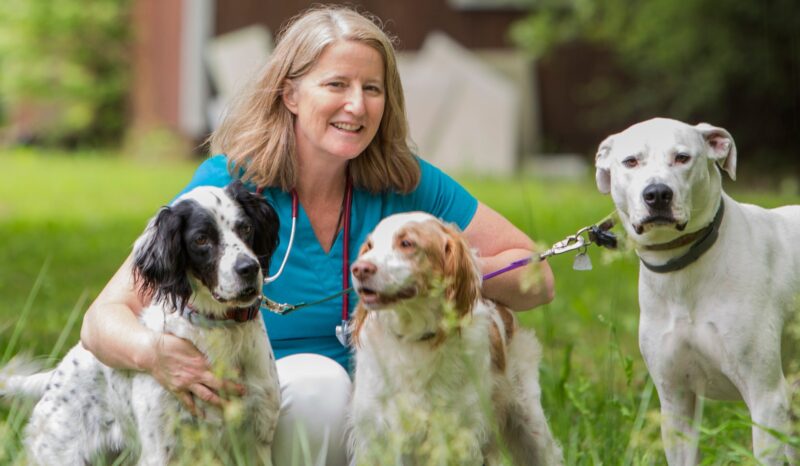“Hey! Who do you think you’re looking at?” or “Gimme your lunch money!”
Is that the tough kid on the playground?
Nope, that’s your dog, swaggering around the dog park and stopping everybody’s good time—not to mention hazing all the insecure dogs and youngsters coming in.
Don’t know what to do if your dog is a bully? You need a plan. Here’s how to get started:
1. Home Study

Train your dog. Every dog should know how to sit, lie down, stay, leave it, watch, and come, especially come, if they’re going to play off-leash with other dogs. Well-trained skills allow you the ability to interrupt your dog’s inappropriate behavior with commands.
First, start with training in your home with no distractions (see resources below).
Second, train outside in your yard, on walks, and then on field trips. Work on a regular leash, 4 to 6 feet in length. As your dog masters the basics and is ready for more advanced work, consider training on a training line that is 20 to 40 feet long.
Third, train near a dog park so that you’re adding the prime distraction, OTHER dogs. Look around your community for a dog park with nearby green space. That’s your outdoor classroom.
2. Group Therapy

Train your dog around other dogs. Group training classes are great for working with your dog around other dogs without the free for all of a dog park or an off-leash area at a beach. Being around strange dogs or doggy friends and remaining calm is an important part of training, and a group training class also gives you the opportunity to work through ‘Mr. Hall Monitor’ behavior when your dog is around other dogs.
When you’ve followed the steps above, training first without distractions and then training around other dogs, then you’ve really got a sturdy foundation under your feet and his paws.
3. Partner Up!

You and your dog are in a partnership, with your making the important decisions about what constitutes appropriate behavior. With basic skills under your dog’s belt (or collar), you can begin using those skills to set up your partnership.
For example, sit calmly and I will put on your leash; go to your bed and lie down calmly, so that you can meet the visitor; sit stay without barking, and I’ll open the gate into the dog park. Not only does this make you two a calm, cool, and collected couple out in the world, but also it means your dog pays attention to you and what you’d like him to do.
4. Get out there and mingle!

Make sure that your dog has met many kinds of dogs. Is he having difficulties because he doesn’t understand the behavior of another type of dog, or finds the dog’s behavior frustrating? Maybe he hasn’t seen an Old English Sheepdog before, and dude he just finds it a little weird…Are puppies not his thing?
Some dogs just don’t do well with younger puppies and are overbearing and too rough. Same goes for small or toy breeds — there are dogs that can’t easily ‘dial down’ for little ones and can really frighten them, or even worse, injure them.
And finally, remember, we’re not talking about using dog parks as an environment for socialization. Your dog should already be fairly well socialized before you walk into the park. Experiencing the world together will help you to know his strengths and weaknesses. And that brings us to the last point…
5. Know Your Dog’s Limitations

Here are examples of behaviors and situations that may create bullying behavior in your dog.
Too many dogs in the same space, increasing arousal and excitement to a degree that causes an overreaction or even a fight.
Another owner harshly correcting their dog — and your dog coming into the situation as “the closer.”
Arrival of a young puppy who isn’t socially confident yet… a bully may target a puppy until someone intervenes.
Arrival of an insecure adult dog. A bully may target and chase an insecure dog repeatedly.
Other dogs running or chasing a ball or toy. ‘Hall monitor’ type dogs want to let those dogs know that they should ‘sit down and shut up’ and stop running around….
6. Do the Right Thing

Your job as dog owner is to prepare your dog—through socialization and training— for the best possible encounters with other dogs. When things don’t go well, your responsibility is to remove your dog from the situation. No point in having your dog rehearse the same bad behaviors over and over again. Try a 15-minute walk and then try the dog park again if the behavior isn’t extreme, but if it happens again, pack it up and go home.
Ultimately, your dog may not be appropriate for dog parks and off-leash areas. Not all dogs can handle rough and tumble play, and as dogs age, their need and desire for play can change.
So here’s the plan:
- Train your dog first without distractions, then train your dog in more challenging situations as he’s ready.
- Attend a group class to further develop obedience skills, focus, and self-control.
- Make sure that your dog looks at you as the one making the important decisions.
- Socialize your dog so that he has exposure to lots of different dogs.
- Set your dog up for success and be aware of his limitations in certain scenarios.
- When a play session isn’t going well, leave. If your dog frequently has issues, dog parks may not be for him.
Your Homework:
Here’s your first step. Make a checklist for the skills listed above and take an honest look at what your dog can currently perform (and in what situations). Set aside 5 minutes a day until your dog can sit, lie down, stay, leave it, and come at home and around other dogs.
In this article, we’re spotlighting a guest author, Susan Marett, Owner of Purely Positive Dog Training, Classes, & Lessons.
Did you like this article?
Like our Facebook page for more information and adorable pics!
___________________
More about the author:
Susan Marett has been a full-time professional dog trainer for more than 18 years. She is highly respected and recommended by local veterinarians, boarding kennels, groomers, and dog daycare facilities for her expertise in solving problem behaviors and instruction in obedience training. She is one of only a handful of trainers in South Carolina to hold a CPDT-KA certification from the Certification Council for Professional Dog Trainers (CCPDT), and she is a professional member of the Association of Pet Dog Trainers (APDT), as well as an APDT C.L.A.S.S. evaluator. Her website is in the Bi-line?
Resources:
Relationship and Training:
Suzanne Clothier’s articles listed here: https://suzanneclothier.com/articles
Kathy Sadao’s articles listed here: https://www.kathysdao.com/articles/
Whole Dog Journal “Is Your Dog a Bully?” www.whole-dog-journal.com
Dog-to-Dog Behavior:
Dog Sociability: https://paws4udogs.wordpress.com/2011/10/31/normal-dog-sociability-levels/
He Just Wants to Say “Hi!” https://suzanneclothier.com/the-articles/he-just-wants-say-hi
Understanding Different Dog Tolerance Levels: https://www.badrap.org/node/97
Training Resources:
Family Friendly Dog Training: A 6 Week Program for You and Your Dog by Patricia McConnell
The Power of Positive Dog Training by Pat Miller
Before and After Getting Your Puppy by Dr. Ian Dunbar
Fired Up, Frantic, and Freaked Out by Laura VanArendonk Baugh
Find a Private Trainer or Group Classes: www.apdt.com














